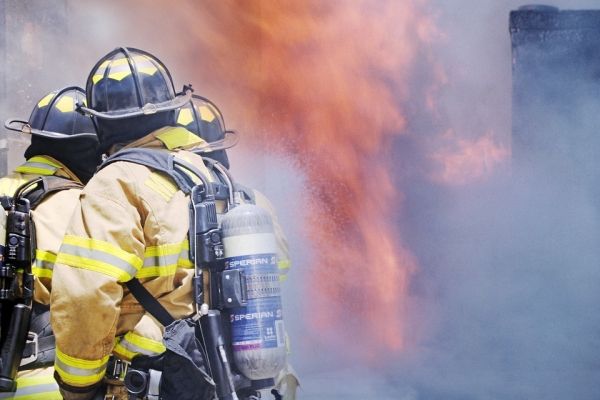Volunteer firefighters — who comprise more than 65 percent of the U.S. fire service — have higher levels of “forever chemicals,” per- and polyfluoroalkyl substances (PFAS), in their bodies than the general public, according to a Rutgers study.
The study, which was published in the International Journal of Environmental Research and Public Health, compared the levels of nine PFAS chemicals in the blood of volunteer firefighters against levels in the general population.
It is the first study to evaluate volunteer firefighters’ exposure to PFAS, which are chemicals that accumulate in human bodies and in the environment and are found in everyday items like electronics and carpeting. PFAS have been associated with numerous health conditions that impact firefighters, including cardiovascular disease. Increasing evidence has linked them to cancer.
“The primary cause of line-of duty death among firefighters are heart attacks. They also get and die from many types of cancer more often than other people,” said lead author Judith Graber, an associate professor at Rutgers School of Public Health and a faculty member at the Environmental and Occupational Health Sciences Institute. “More than 95 percent of the U.S. population have these chemicals to some degree in their bodies, but firefighters have heightened exposure to PFAS through their protective gear and fire suppression foam and the burning materials they encounter that release particles, which can be inhaled or settle on gear and skin.”
Read more at Rutgers University
Photo Credit: ciobanucatalina via Pixabay


